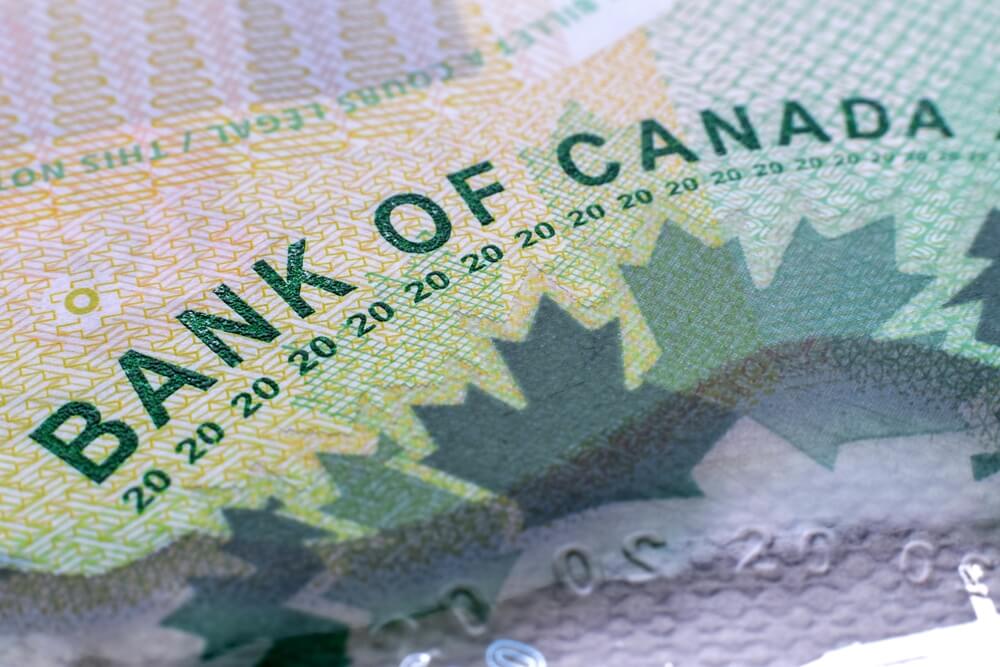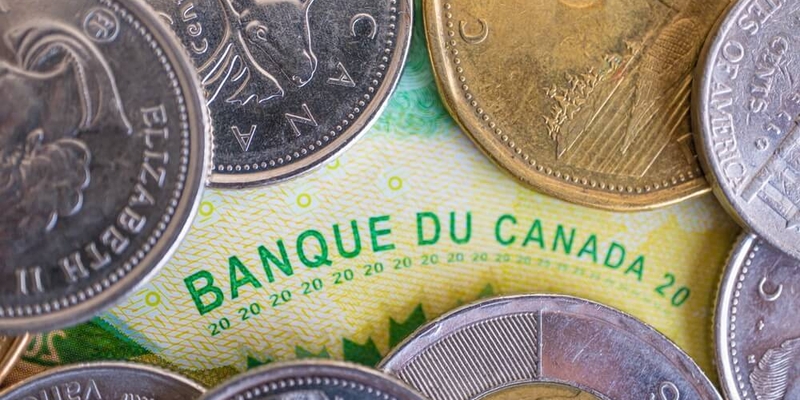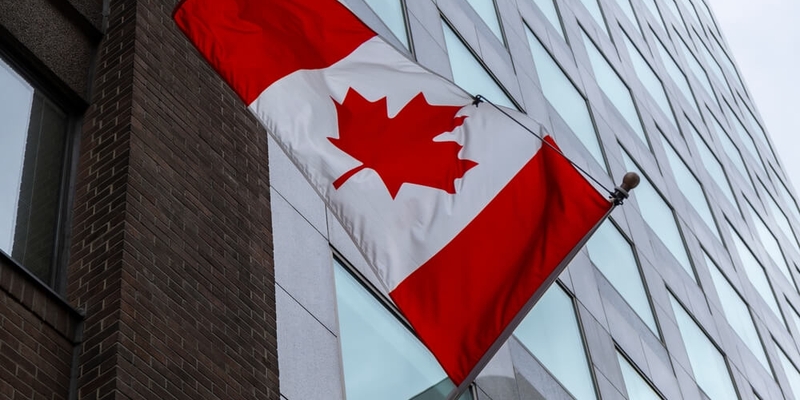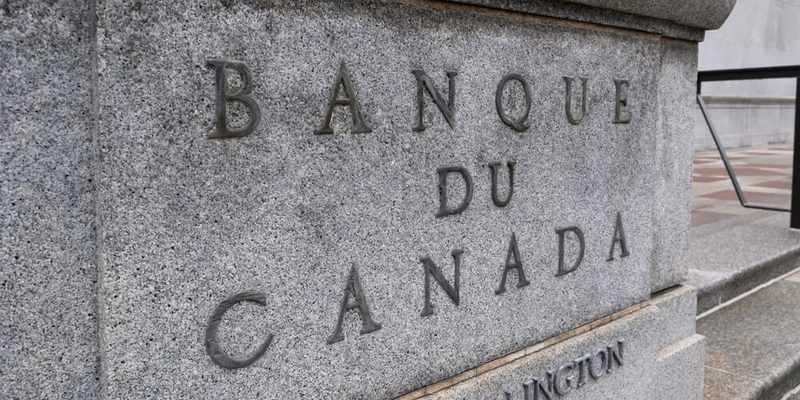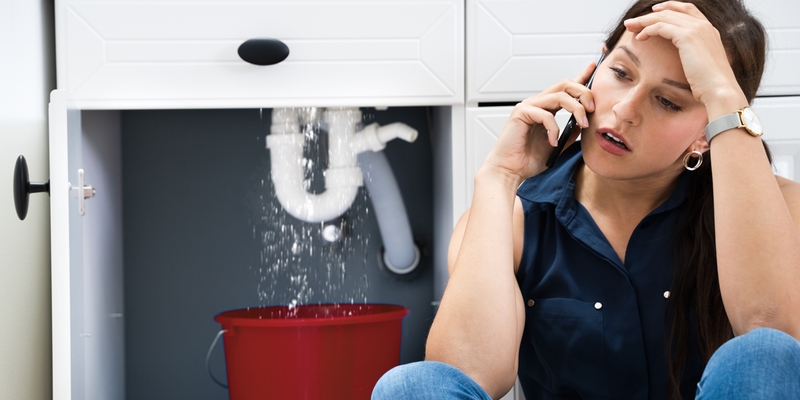
If you are not redirected within 30 seconds, please click here to continue.
Samedi: 10h – 16h HAE

If you are not redirected within 30 seconds, please click here to continue.
If you are not redirected within 30 seconds, please click here to continue.
Climbing Debt, Diminishing Savings Highlighted in CBC Documentary

When it comes to debt management, many Canadians are struggling to keep up, with their housing situation being a source of stress. That was one of the key takeaways from the latest episode of CBC Television's The Stats of Life, which focused on Canadian statistics surrounding savings (or lack thereof) and debt. The program found more than half of Canadians have their money tied up in their house, with mounting consumer debt at the same time. 41 percent of them say they simply "feel trapped."
The program looked at families across Canada; one family, in Alberta, is facing the difficult but not uncommon problem of carrying a large debt load (in this case, $100K), which they've had to consolidate into their mortgage. With limited economic prospects and falling house prices in the area due to the downturn in the oil sector, their home's value has declined significantly and simply selling off property is not the lucrative option it once was. Their existing equity has been their lifeline, allowing them to pay off other debts, but it does little to actually reduce debt load.
It's a fear many Canadians are facing; 44 percent of homeowners are concerned about a market vulnerability affecting the value of their home, and like the family in this CBC documentary, 26 percent of us have no emergency savings to fall back on instead, turning to lines of credit to manage other debts and even pay the bills when times are tough. A whole one-third of Canadians have been down this road, with 33 percent of us having to consolidate debt at some point.
Home equity lines of credit: The good, the bad, and what you should know
Ideally, we would all have a zero percent debt load with savings in the bank for a rainy day; the reality, however, is that the majority of Canadians save just five percent of their net earnings while carrying an average $15K in consumer debt (a sizable chunk of us are carrying much more than that -- 12 percent of Canadians have over $25K in consumer debt), the program revealed. Compare that to 1980, when Canadians were putting aside an average 20 percent of their income, and you can see why many of us are turning to our houses as a source of cash.
An increasingly popular way to leverage your home equity to pay off debts or get your hands on cash is to take out a home equity line of credit (HELOC). 35 percent of Canadians have one, meaning they have taken out a revolving credit product that is secured against their equity in their home. Banks are often eager to lend people up to 65 percent of their home's value.
This can be an easy source of credit, and like the Alberta family in the CBC documentary, taking a line of credit out against your home can provide a cheaper way of obtaining the funds to pay off other, higher-interest consumer debts. But statistics show many Canadians are overborrowing against their homes, paying only the interest on this credit, and in the process diminishing their ability to gain wealth over time.
Paying down your mortgage means little in the long-term if the equity your building is secured against a growing debt. In 2017, the Financial Consumer Agency of Canada (FCAC) found that most consumers didn't repay their HELOC in full until they sold their home (paying interest in the meantime).
If you're considering a HELOC, you should be aware of the following key points, as shared by the FCAC:
- Banks can raise the rate of a HELOC at any time.
- The bank can demand the balance of a HELOC at any time.
- There are fees to transfer a HELOC to another institution.
- The bank can raise or lower the credit limit on a HELOC.
And to find the best personal loan options for your situation, which will allow you to compare any HELOCs available to you.
Growing family, growing bills: The striking costs of having children in Canada
Of course, all of these financial concerns become even more top-of-mind if you have a growing family. The Stats of Life found that the average cost of raising a child in Canada is more than $13K per year (diapers alone cost an average $550 in a child's first year of life).
As the documentary reveals with the first family it showcases, both parental leave and child care are key considerations when it comes to budgeting for family growth. On average, Canadians taking parental leave make just 45 percent of their regular income for the time they are off. This is a time of serious cost-cutting for many, but financial considerations for returning to work are key too. Canadians spend an average 13 percent of their household income on child care. The cost of daycare is especially high in many of Canada's big cities; the average cost of daycare in the Greater Toronto Area is $1,758 per child, per month.
The Stats of Life also looked at the costs of education for children. Financing their children's post-secondary education is a key priority for many parents, but 33 percent of us actually go into debt to do so. The good news is that the majority of Canadians do have some savings put aside for the children's education. RESPs can often be the most effective way to save for your child's university or college education.
Many Canadians struggle to talk openly about finances
The third family that took part in CBC's documentary has a more positive story to tell; they have managed to become debt-free and save for their financial goals by living well within their income level. For them, this involved many conscious choices, like money to a smaller community where housing was more affordable. They now help others through financial coaching.
These kinds of choices may not be possible for all people, but their (and the other families on the program's) willingness to talk openly about their financial situations and challenges is a rare but encouraging step in the right direction. Nearly half of Canadians are living paycheque-to-paycheque. They deal with high consumer debt levels while putting very little away; 46 percent of us say we don't save because we don't earn enough. Much of the problem appears to be a lack of financial literacy, with just one-fifth of Canadians following a budget, and a problem sharing our challenges and solutions openly -- 36 percent of Canadians say they feel shame about their debt.
At RATESDOTCA, we believe financial literacy is the key to smart decision making when it comes to your financial situation. MoneyWise is full of articles and resources to help you learn the do's and don'ts of obtaining financial products. Shopping around for the best deals on mortgages, insurance, credit cards, and more is also important -- by taking action and comparing your options, you can ensure that you find the best products for your family's sustained financial success.
Get money-saving tips in your inbox.
Stay on top of personal finance tips from our money experts!



